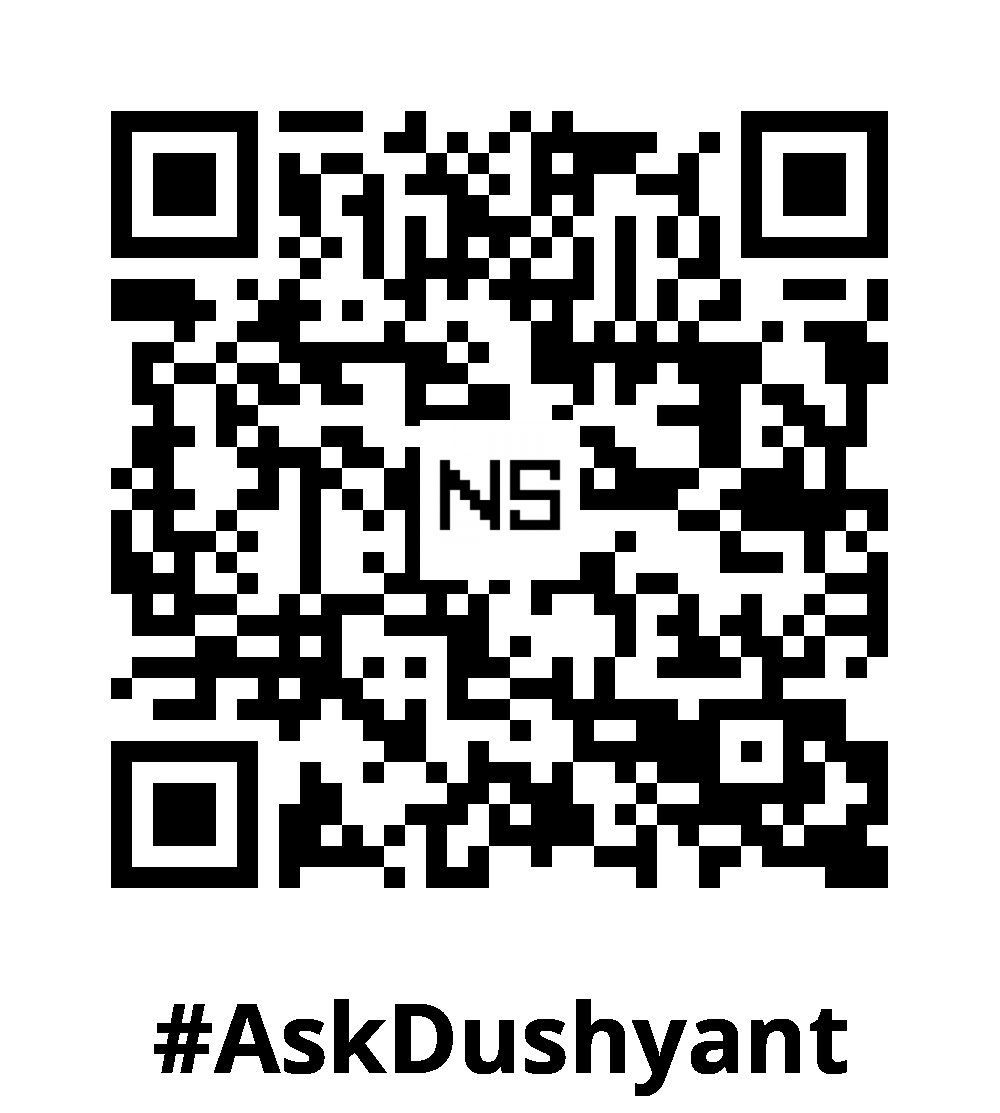Browser caching is crucial for improving website speed and user experience, and I recommend it to all web app builders. By making small changes to request-response headers, resources like images, CSS, and JavaScript files can be stored locally on users’ devices. This method significantly reduces load times during future visits. Three key HTTP headers—Cache-Control, Expires, and ETag—define caching rules, manage content freshness, and optimize web performance. In this post, we’ll explore each of these headers, their roles in caching, and how to use them together effectively.
Cache-Control: Customizing Cache Behavior
The Cache-Control header is the most powerful tool for controlling caching behavior. It allows you to set detailed caching policies for both browsers and intermediary caches (like CDNs). This modern header gives you flexibility to manage how long a resource can be stored and whether it should be revalidated before use.
Key Cache-Control Directives:
- max-age: Specifies how long (in seconds) the resource is considered fresh. For example,
max-age=3600allows caching for one hour. - no-cache: Requires the browser to revalidate the resource with the server before using it. It doesn’t block caching but ensures the content is up-to-date.
- no-store: Prevents any caching. Neither the browser nor any intermediate cache stores the resource. It’s ideal for sensitive or frequently changing data.
- public: Marks the resource as cacheable by any cache, including browsers and CDNs. This is perfect for static resources like images or style sheets.
- private: Limits caching to the browser only, ensuring user-specific data is not cached by shared systems like CDNs.
Example:
Cache-Control: public, max-age=86400This instructs browsers and CDNs to cache the resource for 24 hours.
Best Practices for Cache-Control:
- Use max-age for static content that doesn’t change often, such as images or stylesheets.
- Pair no-cache with ETags to ensure dynamic content is validated before being served.
- Apply no-store to resources like sensitive API responses or personalized data.
Expires: The Legacy Cache Control Header
Before Cache-Control became the standard, the Expires header was used to specify when a cached resource should expire. This header sets a fixed date and time after which the resource is considered stale, forcing the browser to re-fetch it.
Example:
Expires: Wed, 21 Oct 2024 07:28:00 GMTThis means the resource will expire at 7:28 AM GMT on October 21, 2024.
Cache-Control vs. Expires:
- Cache-Control provides a relative time with
max-age, while Expires sets a specific expiration date. - When both headers are present, Cache-Control takes precedence over Expires in modern browsers.
Use Cases for Expires:
While Cache-Control has largely replaced Expires, using both headers ensures backward compatibility with older browsers. It’s often a fallback to ensure caching is still effective for outdated systems.
ETag: Efficient Resource Validation
The ETag (Entity Tag) header is a unique identifier for a specific version of a resource. It allows browsers to validate cached content and download only the parts that have changed. When the browser requests a resource, the server responds with an ETag value. On subsequent requests, the browser sends the ETag back to the server to check if the content has changed.
How ETag Works:
- The server responds with an ETag header when serving a resource:
ETag: "abc123"- The browser caches the resource and the ETag value.
- On the next request, the browser includes the ETag in the
If-None-Matchheader:
If-None-Match: "abc123"- If the resource hasn’t changed, the server responds with a 304 Not Modified status, telling the browser to use the cached version without downloading it again.
Benefits of ETag:
- Efficient revalidation: Browsers can check with the server if the resource has changed without downloading it again.
- Saves bandwidth: Since only modified content is fetched, it reduces the amount of data transferred.
Best Practices for ETag:
- Use ETags with dynamic resources to ensure users always get the latest content while reducing unnecessary downloads.
- Combine ETag with Cache-Control: no-cache for resources that need to be validated before use, improving performance without sacrificing freshness.
Combining Cache-Control, Expires, and ETag for Optimal Caching
When used together, these headers create a powerful caching strategy. Here’s how they work in harmony:
- Cache-Control is the primary way to control how long resources are cached, with options for revalidation and cache lifetime.
- Expires serves as a backup for older browsers that might not fully support Cache-Control.
- ETag allows for efficient validation, enabling browsers to confirm if the cached resource has changed before downloading it again.
For example, using all three headers for a dynamic resource might look like this:
Cache-Control: no-cache
Expires: Wed, 21 Oct 2024 07:28:00 GMT
ETag: "xyz456"This setup caches the resource but requires the browser to validate it with the server using the ETag. If the resource hasn’t changed, the server will respond with 304 Not Modified, improving speed and saving bandwidth.
My TechAdvice: Mastering browser caching can dramatically improve load times, reduce server load, and enhance user experience. By using Cache-Control, Expires, and ETag headers together, you can precisely manage how long resources are cached and when they should be revalidated. By leveraging these caching strategies, you’ll ensure faster, more efficient browsing experiences for your users, boosting both web performance and SEO rankings.
#AskDushyant
#Caching #TechConcept #WebApplication


Leave a Reply